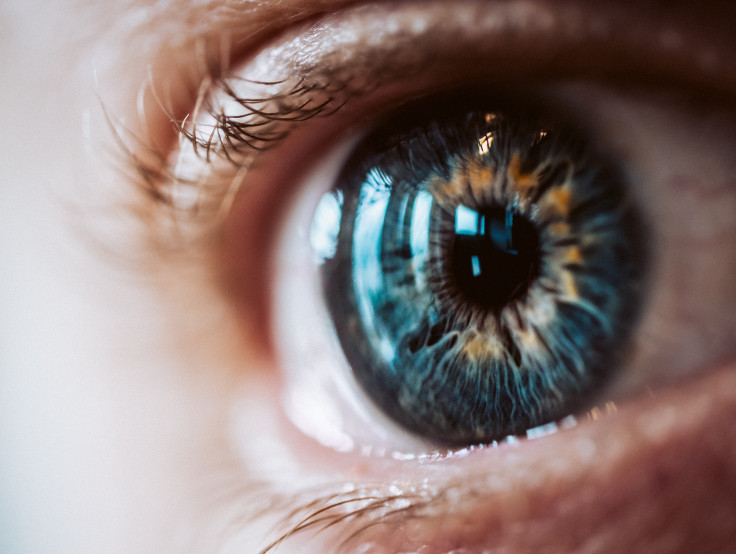
Today marks an exciting day for millions across North America, as they gear up to witness the spectacular total solar eclipse, a sight that won't return to the U.S. for another two decades.
A solar eclipse happens when the Moon moves between the Earth and the Sun, briefly blocking the sunlight. In the U.S. the path of totality, when the moon blocks the sun's light entirely is expected to occur for more than 100 miles wide across 15 states, while the rest of the nation will have a chance to see at least a partial eclipse.
As everyone gets ready to enjoy this rare celestial event, health experts caution people to take proper protection to prevent serious eye damage.
Looking directly at the sun during a solar eclipse can lead to solar retinopathy, a condition where the sun's ultraviolet (UV) rays permanently damage the sensitive retinal tissue in the eyes.
Just a brief direct glance at the sun, as short as 100 seconds, can trigger solar retinopathy. This can result in symptoms like blurred vision, the appearance of dark or yellow spots, discomfort in bright light, and a mild to moderate reduction in central vision. Unfortunately, there is no cure for the damage caused by solar retinopathy, making prevention the only effective approach. The risk of eye damage is particularly high for children.
To safely watch the solar eclipse as it unfolds, you will need special solar viewing glasses.
"Keep in mind that ordinary sunglasses, even very dark ones, or homemade filters are not safe for looking at the sun. There is only one safe way to look directly at the sun, whether during an eclipse or not: through special-purpose solar filters. These solar filters are used in "eclipse glasses" or in hand-held solar viewers. They must meet a very specific worldwide standard known as ISO 12312-2," according to the American Academy of Ophthalmology.
Wearing protective glasses is crucial particularly those in the path of partial eclipse.
"At no point during a partial eclipse, it is safe to look at the sun without special eye protection. Not even the darkest sunglasses are safe," said Starr Schroeder, an emergency department nurse at Penn State Health Lancaster Medical Center in a news release.
"It's recommended to use eclipse glasses that are compliant with the ISO 12312-2 international standard for filters to view the sun directly. Even though this is an exciting and rare event, you don't want to damage your vision for the rest of your life by not protecting your eyes," said Dr. Nicole Bajic, surgical ophthalmologist with Cleveland Clinic.
During the path of totality, people can briefly take off the eclipse glasses when the moon completely covers the sun, but it's very crucial to put them back on as soon as the sun starts to reappear, Dr. Bajic said.







